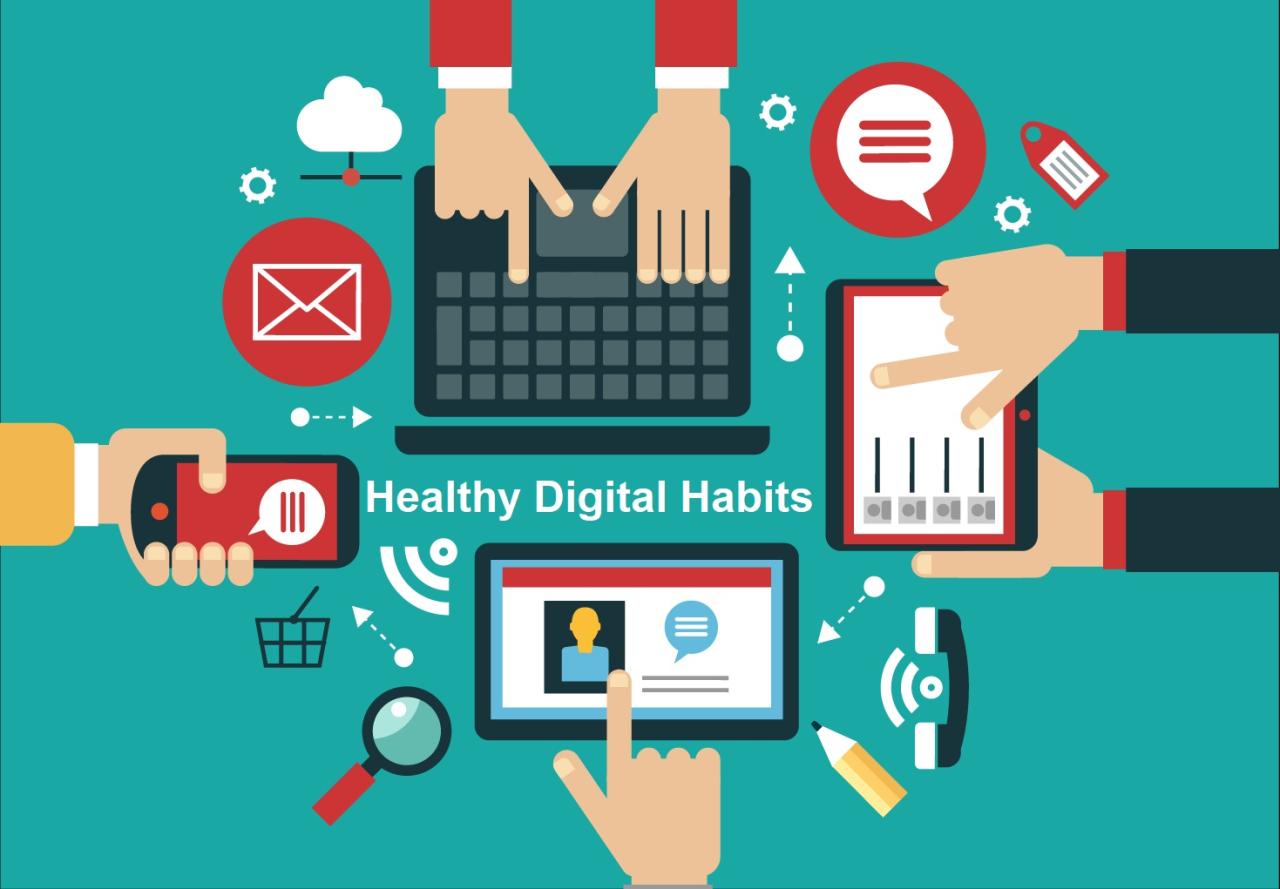Embark on a journey through the evolution of Digilife in remote work culture, where technology plays a pivotal role in shaping the way we work. This exploration delves into the impact of technology on remote work, the digital tools and platforms that enhance productivity, and the cybersecurity challenges that come with this digital transformation.
The Impact of Technology on Remote Work Culture
Technology has played a pivotal role in shaping the landscape of remote work culture. The advancements in various technologies have revolutionized the way people work remotely, leading to increased flexibility, efficiency, and productivity in work environments. Let's delve into how technology has influenced communication, collaboration, and productivity in remote work settings.
Advancements in Communication Technology
Communication lies at the heart of remote work culture, and technological advancements have significantly enhanced the way people interact and connect with each other in virtual workspaces. Tools like video conferencing platforms, instant messaging apps, and collaborative software have made it easier for remote teams to stay connected in real-time, regardless of geographical locations.
This seamless communication has fostered a sense of community and teamwork among remote workers, promoting effective collaboration and idea sharing.
Innovations in Collaboration Tools
The rise of cloud-based collaboration tools has transformed the way remote teams collaborate on projects and tasks. Platforms like Google Workspace, Microsoft Teams, and Slack have provided a centralized space for sharing documents, conducting virtual meetings, and coordinating workflows. These tools enable remote workers to work together seamlessly, ensuring transparency, accountability, and efficient project management.
The ability to collaborate in real-time has streamlined workflows and boosted productivity in remote work environments.
Impact on Productivity and Work-Life Balance
Technology has also had a profound impact on productivity and work-life balance for remote workers. With the help of project management tools, time tracking software, and automation tools, remote employees can better manage their tasks, prioritize workloads, and track progress.
This increased visibility into work activities not only enhances productivity but also promotes a healthy work-life balance by allowing employees to set boundaries and manage their time effectively. Additionally, the flexibility offered by remote work technologies enables employees to work from anywhere, leading to reduced commuting time and increased job satisfaction.
Digital Tools and Platforms for Remote Work

In today's remote work culture, the use of digital tools and platforms has become essential for effective communication, project management, and virtual collaboration.
Communication Tools
Communication tools play a crucial role in remote work settings, allowing teams to stay connected and collaborate seamlessly. Some popular communication tools include:
- Slack: A messaging platform that enables real-time communication through channels and direct messaging.
- Zoom: A video conferencing tool that facilitates virtual meetings and webinars.
- Microsoft Teams: Combines chat, video meetings, file storage, and application integration to streamline communication.
Project Management Tools
Project management tools help remote teams stay organized, track progress, and meet deadlines. Here are some widely used project management tools:
- Trello: A visual collaboration tool that organizes projects into boards, lists, and cards for enhanced productivity.
- Asana: Enables teams to manage tasks, projects, and deadlines in one place with customizable workflows.
- Jira: Ideal for software development teams, allowing for agile project management and issue tracking.
Virtual Collaboration Platforms
Virtual collaboration platforms foster teamwork and creativity among remote employees. Some notable examples include:
- Google Workspace (formerly G Suite): Offers a suite of productivity tools like Google Docs, Sheets, and Slides for real-time collaboration.
- Notion: Combines note-taking, project management, and collaboration tools in one platform for seamless teamwork.
- Monday.com: Provides a visual and intuitive platform for project management, team collaboration, and task tracking.
Cybersecurity Challenges in Remote Work

As remote work becomes more prevalent, the digitization of work processes brings about various cybersecurity challenges that both remote workers and organizations need to address.
Cybersecurity Risks in Remote Work
Remote work environments are vulnerable to a range of cybersecurity risks, including:
- Phishing attacks targeting remote workers through emails or messages.
- Unauthorized access to sensitive data due to insecure networks or devices.
- Ransomware attacks that can compromise entire systems and data.
Common Threats in Remote Work
Some common threats faced by remote workers and organizations include:
- Weak password practices leading to easy breaches.
- Unsecured Wi-Fi connections exposing data to potential hackers.
- Malware infections from downloading unverified software or files.
Strategies to Mitigate Cybersecurity Risks
To mitigate cybersecurity risks in a remote work environment, consider implementing the following best practices:
- Use strong, unique passwords for all accounts and enable two-factor authentication.
- Encrypt sensitive data and use secure VPNs for remote connections.
- Regularly update software and systems to patch vulnerabilities.
The Future of Digilife in Remote Work
The future of remote work culture is intricately tied to the advancements in technology. As we look ahead, it's clear that technology will continue to play a pivotal role in shaping how we work remotely. From virtual reality to artificial intelligence, the possibilities are endless in transforming the way we collaborate and communicate in a digital workspace.
Emerging Trends in Digital Tools and Platforms
- The rise of virtual reality (VR) and augmented reality (AR) technologies will revolutionize remote work by creating immersive virtual environments for meetings and collaboration.
- Artificial intelligence (AI) integration in digital tools will enhance productivity through automated tasks and personalized workflows.
- Blockchain technology can provide secure and transparent transactions in remote work settings, ensuring data privacy and integrity.
Potential Challenges and Opportunities
- One challenge is the potential for increased cybersecurity threats as remote work reliance on digital tools grows. Companies must invest in robust cybersecurity measures to protect sensitive data.
- An opportunity lies in the flexibility and inclusivity remote work offers, allowing companies to tap into a global talent pool and promote work-life balance for employees.
- Adopting a hybrid work model that combines in-person and remote work can provide the best of both worlds, fostering collaboration and creativity while maintaining flexibility.
Last Word
In conclusion, the future of Digilife in remote work appears promising yet challenging, as technology continues to advance and reshape the way we work. With emerging trends and ever-evolving digital practices, the evolution of Digilife in remote work culture is an exciting path to follow.
Questions Often Asked
What are the key technologies that have revolutionized remote work?
Technologies such as video conferencing tools, project management software, and cloud storage have transformed the remote work landscape by enabling seamless communication and collaboration.
How can remote workers mitigate cybersecurity risks?
Remote workers can enhance cybersecurity by using secure VPNs, updating software regularly, and practicing safe browsing habits to protect sensitive data and information.
What are some emerging trends in digital tools for remote work?
Emerging trends include AI-powered productivity tools, virtual reality for remote collaboration, and blockchain technology for secure data sharing, enhancing efficiency and innovation in remote work environments.







